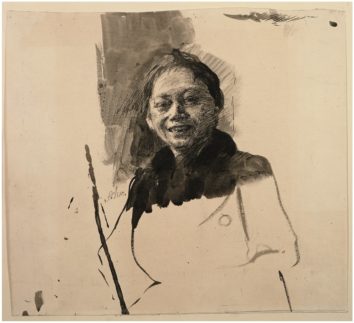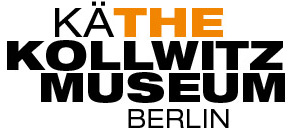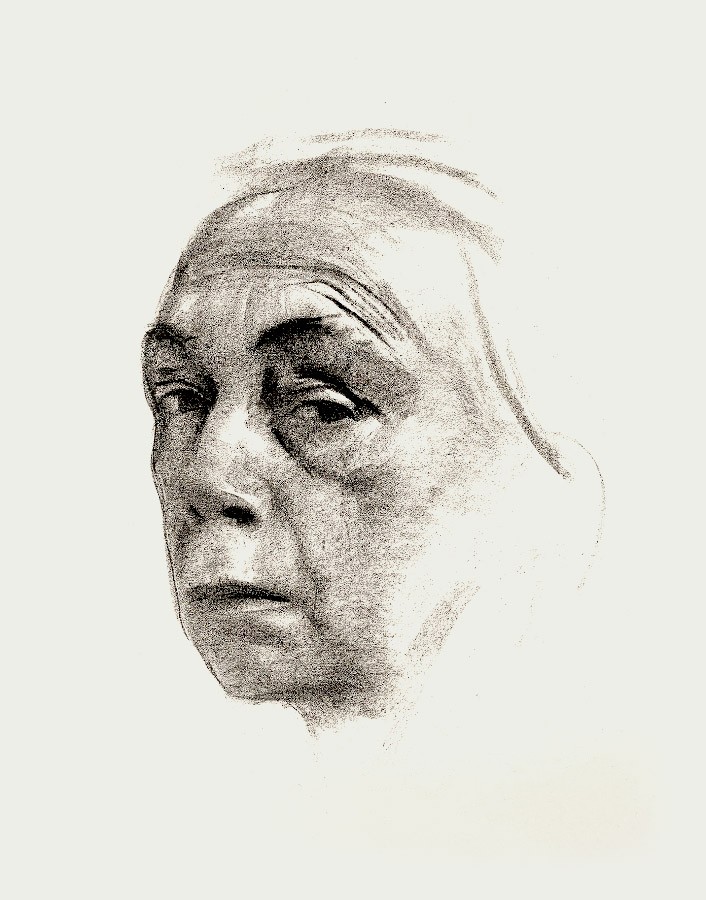
“Käthe Kollwitz is undoubtedly one of the most important women of the modern age. Her art developed completely autonomously and shows many signs of genius. Kollwitz’s work has achieved critical acclaim across the world, whereas such prominent masters as Thoma and Menzel have only found lasting recognition in German speaking regions.
With the exception of a few works commissioned for a specific purpose, Käthe Kollwitz’ art is timeless; as Emile Nolde would say, it is “everlasting”. Even Paula Modersohn-Becker’s art which is so important for early Expressionism, does not carry the same significance nor does it have the same international profile as that of Käthe Kollwitz. The broad spectrum of her artistic work embraces both crucial aspects of life suffering per se – poverty and death, hunger and war – as well as the truly happy and positive sides of life. In this respect she differs from conventions set forth by Ernst Barlach, for example.
Our exhibit clearly manifests a polarity within her work, which has seldom been recognized before. It proves that she was not driven to her choice of subject matter by an obsession with the tragedies of life. Nor do the numerous and extraordinarily impressive self-portraits reveal anything oppressive or self-tormenting. On the contrary, they explode with life-force, audacity and self-confidence. And beyond this they are simply of great beauty.”
Hans Pels-Leusden, 1967




















